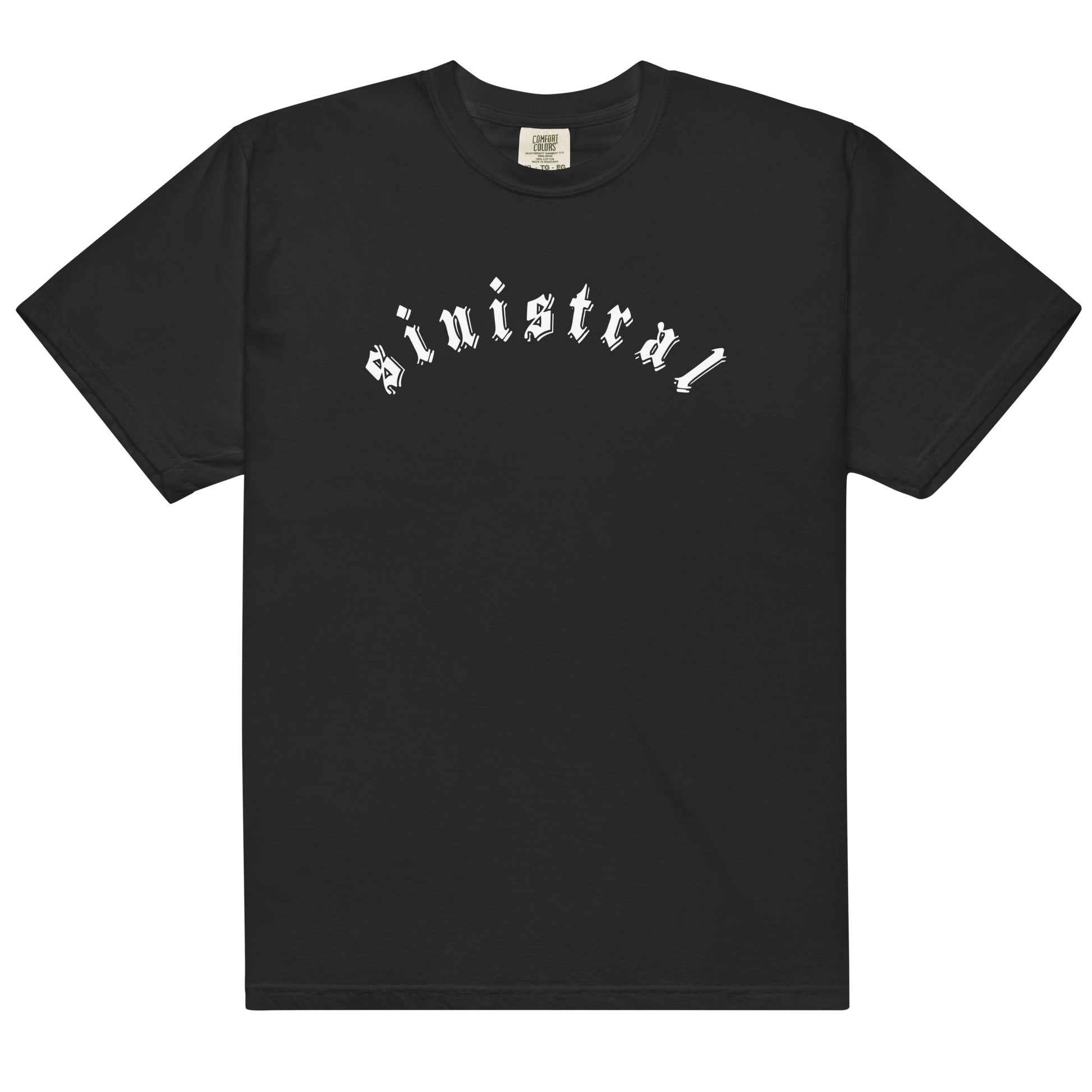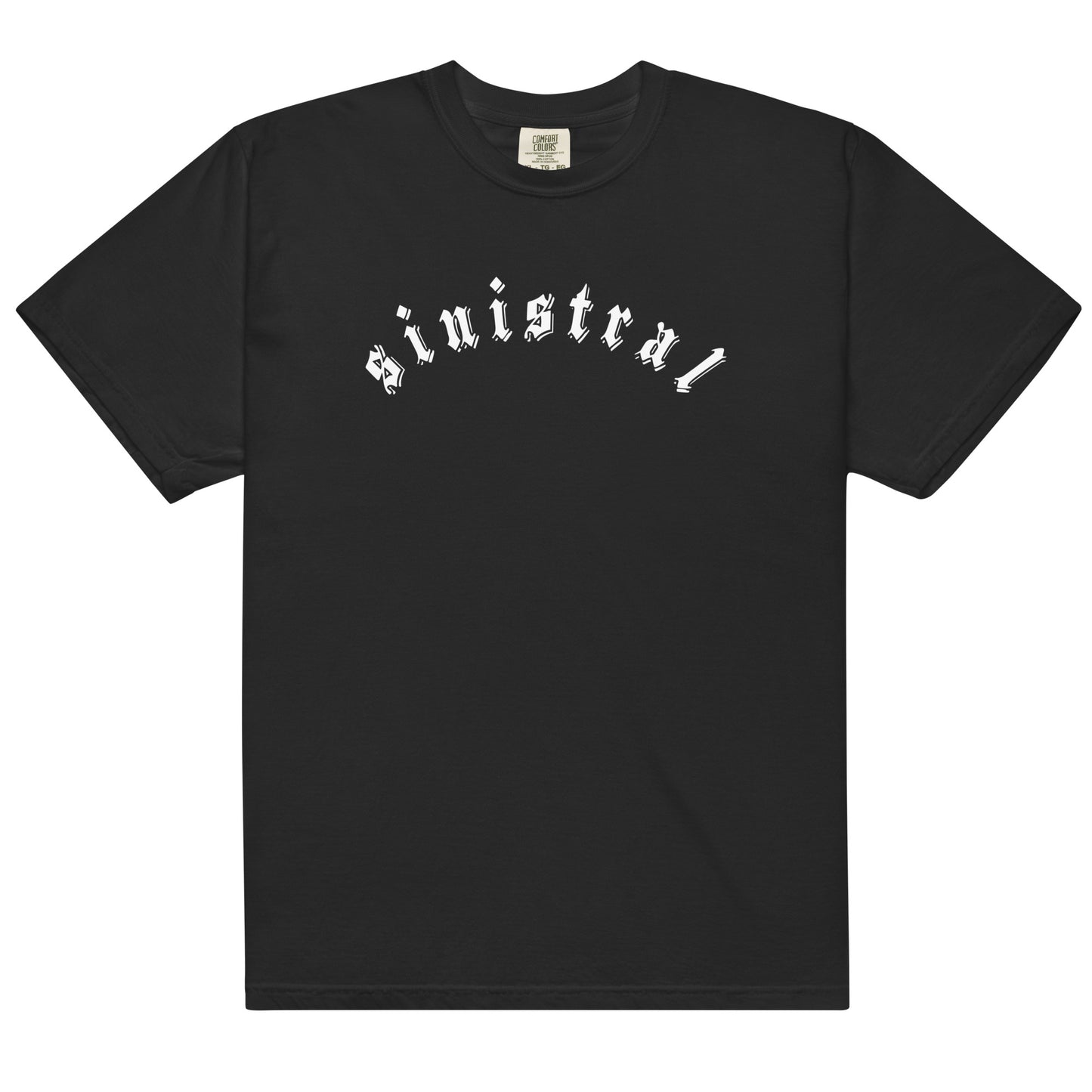
The Sinistral Side of Being Left-Handed
Share
Where Language Meets Biology
Most people know left from right. Fewer know sinistral and dextral. These words come straight from Latin, but they show up in biology, anatomy, and even handedness. Sinistral means left, dextral means right. In science, that’s all there is to it. In language and culture, it gets more complicated. Humans managed to turn neutral directions into moral judgments. That says a lot about us and almost nothing about the left side.
What Is Sinistral?
Sinistral comes from the Latin sinister, meaning “left.” It is used to describe anything oriented to the left: a snail shell that coils counterclockwise, a plant stem that twists left, or simply a left-handed person. In biology, it is completely neutral. No one thinks leftward coiling is evil. The bias came later, when language and superstition got involved.
A sinistral snail or sinistral shell is just one that twists in the opposite direction from the more common dextral form. In humans, sinistral simply describes left-handed individuals. Science treats it as a fact, not a flaw.
What Is Dextral?
Dextral comes from Latin dexter, meaning “right” or “skillful.” In science, it describes things that turn, twist, or lean to the right. Most snails are dextral. Most people are right-handed. In language, dextral is where we get words like “dexterous” and “adroit,” signaling skill and competence.
Unlike sinistral, dextral became associated with correctness and normalcy over centuries of cultural bias. In nature, it is simply the more common orientation.
Dextral vs Sinistral
These terms are mirror images of each other. Sinistral goes left, dextral goes right. In snails, the difference is clear in shell coiling. In humans, handedness follows the same principle.
In short:
- Sinistral: Left-oriented, exemple: Left-handed person, left-coiled snail
- Dextral: Right-oriented, exemple: Right-handed person, right-coiled snail
The contrast is straightforward, but language added drama. Sinistral became associated with “sinister,” unlucky, or suspicious. Dextral gave rise to dexterous, capable, proper. Humans clearly chose favorites.
Why Language Picks Sides
It is easy to forget that these are just directions. Centuries ago, left-handedness and leftward orientation were treated with suspicion. Children were forced to switch hands, and idioms like “left-handed compliment” reinforced the idea that left was awkward or negative. Meanwhile, right was normal and skillful.
Even today, sinistral is rarely used outside science, and dextral appears mostly in technical contexts. The bias lives on subtly in language and culture, even if science has stayed neutral.
Why These Words Still Matter
Understanding sinistral and dextral is more than trivia. They remind us that neutrality in nature can be interpreted through prejudice. A left-coiling snail is no more suspicious than a right-coiling one. A left-handed person is no less capable than a right-handed one. Knowing the words gives precision and a small way to push back against centuries of linguistic bias.
Sinistral and dextral are simple descriptions of direction and orientation. Nature does not care which way something turns. Humans care a lot, though, and history turned the left into unlucky and the right into ideal. Learning the words is a small act of reclaiming balance. Left or right, sinistral or dextral, it is all part of life’s design.
Curious for more left-handed trivia? Check out our lefty life articles, discover famous lefties, or explore the tools built for the sinistral side of life.


